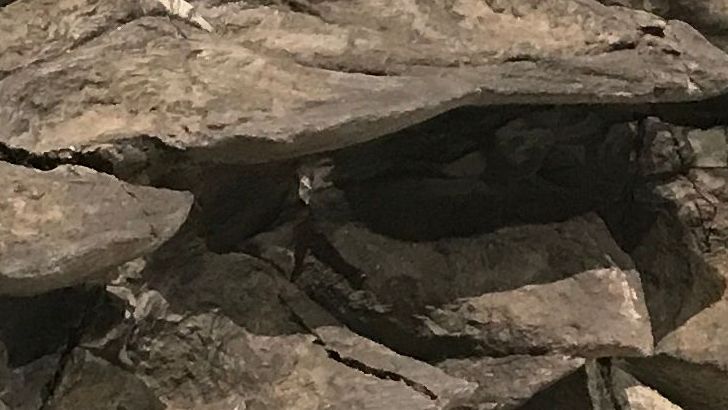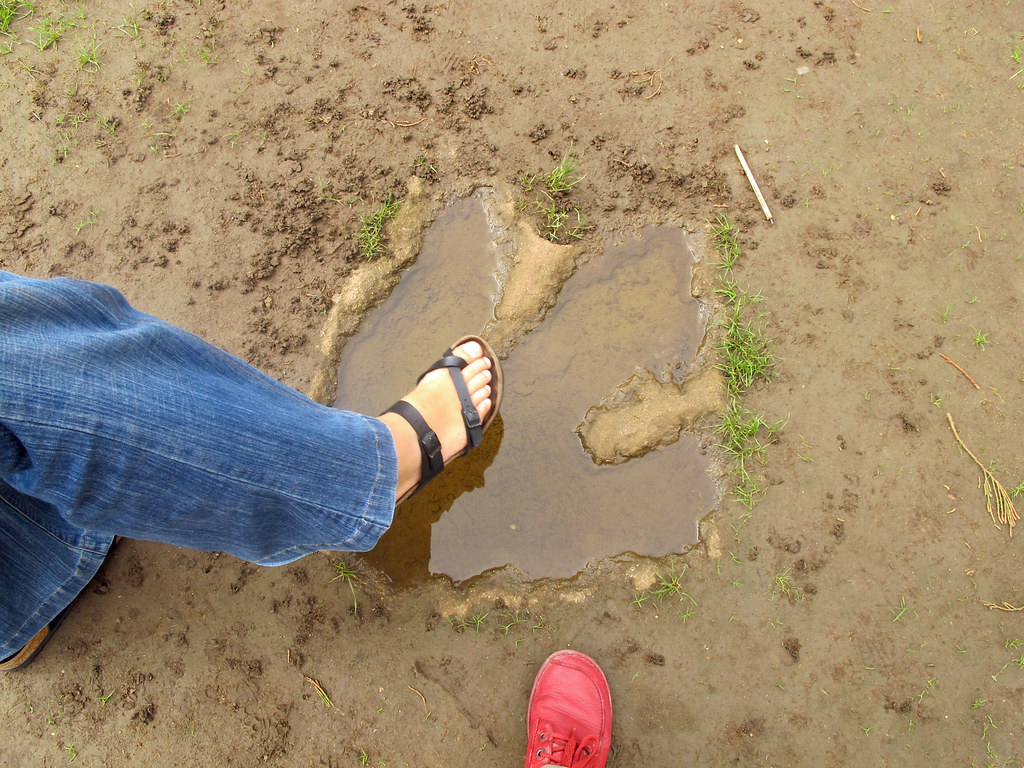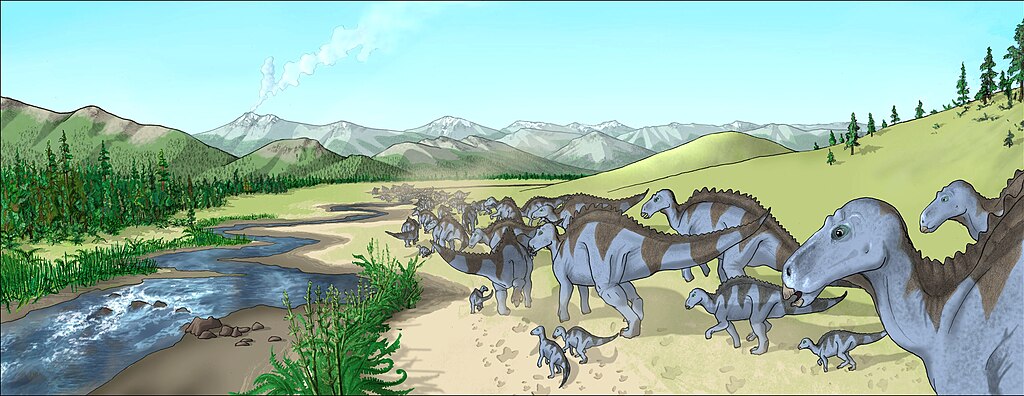In the vast timeline of Earth’s prehistoric past, few creatures capture our imagination like dinosaurs. Among these ancient behemoths, Coelophysis stands out as one of the earliest dinosaur species ever discovered. This small, agile predator roamed the late Triassic landscapes approximately 215 million years ago, making it a crucial piece in understanding dinosaur evolution. Its remarkably well-preserved fossils have provided paleontologists with extraordinary insights into early dinosaur biology and behavior, establishing Coelophysis as a cornerstone species in paleontological research and our understanding of how dinosaurs first rose to prominence on our planet.
The Discovery of Coelophysis
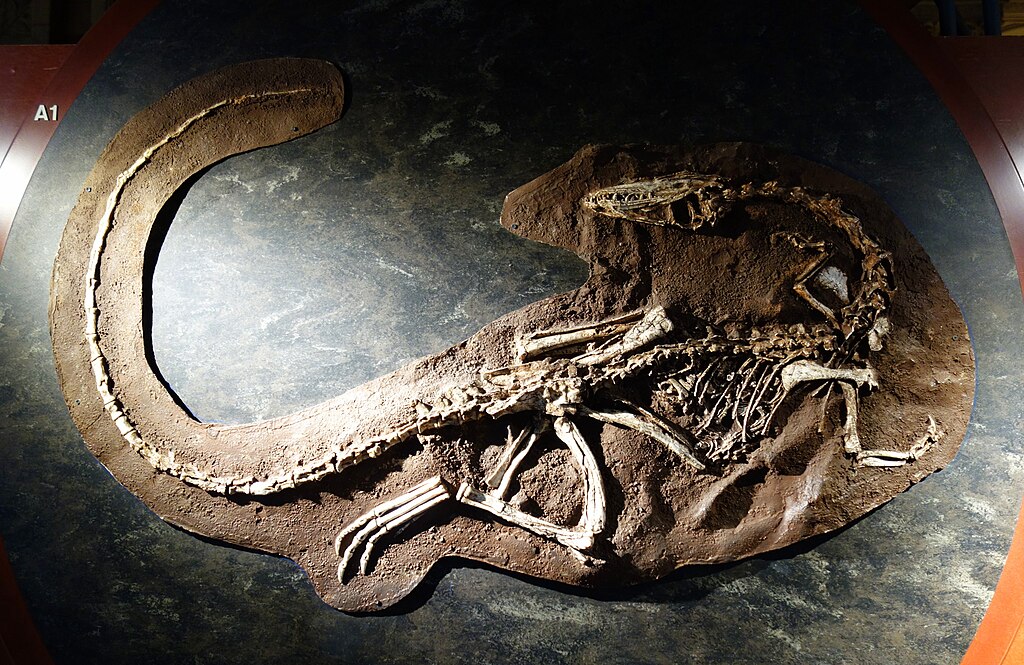
The story of Coelophysis began in 1881 when fossil fragments were discovered in New Mexico by renowned paleontologist Edward Drinker Cope. These initial findings, though incomplete, were significant enough to establish a new genus. However, the true paleontological treasure trove came in 1947 when Edwin H. Colbert led an expedition to Ghost Ranch, New Mexico, and uncovered a remarkable bone bed containing hundreds of Coelophysis specimens. This extraordinary discovery, known as the “Ghost Ranch graveyard,” provided scientists with a wealth of complete and partial skeletons from individuals of various growth stages. The exceptional preservation and sheer number of specimens made this find one of the most important in dinosaur paleontology, offering unprecedented insight into an early dinosaur species.
Taxonomy and Classification
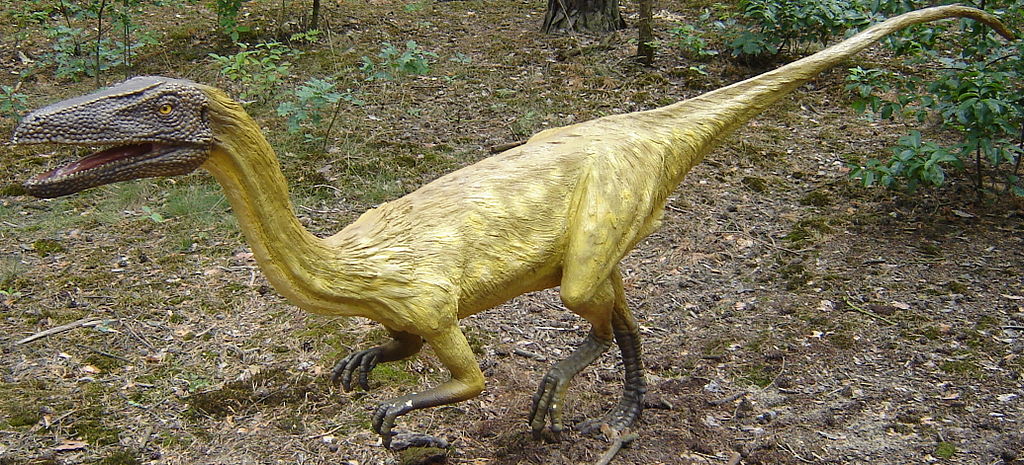
Coelophysis belongs to the suborder Theropoda, the lineage of bipedal, primarily carnivorous dinosaurs that would eventually give rise to birds. More specifically, it’s classified as a member of the Coelophysidae family, a group of early, relatively small theropods. The genus name “Coelophysis” derives from Greek, meaning “hollow form,” referring to the hollow bones that characterize this dinosaur—a feature commonly found in birds today. The most well-known species, Coelophysis bauri, was named in honor of vertebrate paleontologist Georg Baur. As one of the earliest well-understood theropods, Coelophysis occupies a pivotal position in dinosaur evolutionary history, helping scientists understand the transition from earlier reptiles to the diverse dinosaur forms that would later dominate the Mesozoic landscapes for millions of years.
Physical Characteristics

Coelophysis was a slender, lightly-built dinosaur with a body design perfectly adapted for speed and agility. Adult specimens typically measured about 3 meters (10 feet) in length, though some individuals may have reached lengths of up to 3.5 meters (11.5 feet). Despite this impressive length, they were relatively lightweight creatures, estimated to weigh between 15-30 kilograms (33-66 pounds). The dinosaur possessed a long, flexible neck, a narrow skull with sharp, serrated teeth ideal for slicing through flesh, and large eyes suggesting good vision—likely an important adaptation for hunting. Its forearms were equipped with three-fingered hands bearing sharp claws, while its powerful hind limbs were clearly adapted for running. The tail was long and stiff, providing balance during rapid movements and turns. Overall, Coelophysis embodied the archetypal early theropod body plan that would prove so successful throughout dinosaur evolution.
Habitat and Geographic Distribution
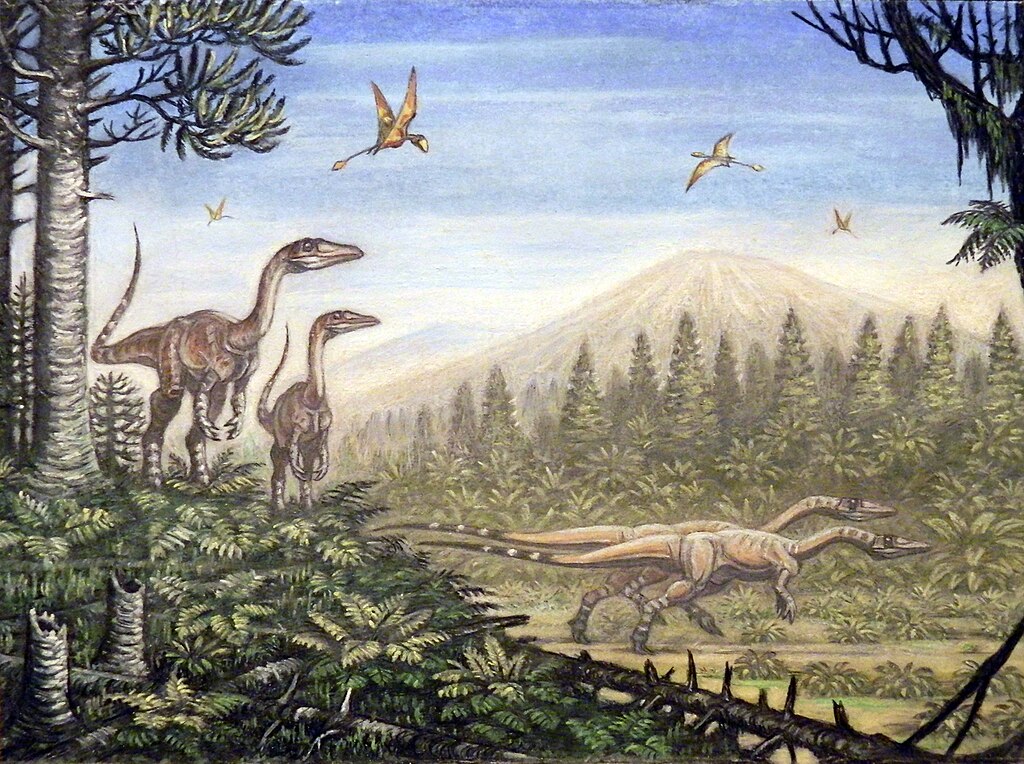
During the Late Triassic period when Coelophysis thrived, the continents were still united in the supercontinent Pangaea, creating vastly different ecosystems from those we know today. Fossil evidence indicates that Coelophysis inhabited what is now the southwestern United States, particularly New Mexico, Arizona, and potentially other regions of North America. The environment during this time was quite different from the present-day arid landscapes of these regions—Coelophysis lived in a seasonally dry, semi-arid habitat with fern-filled forests along rivers and streams. The climate was warmer and more humid than today, with distinct wet and dry seasons. These dinosaurs likely favored areas near water sources, which would have attracted the small prey animals they hunted. The extensive fossil deposits at Ghost Ranch suggest these dinosaurs may have gathered in large numbers, potentially indicating they inhabited environments that could support considerable population densities.
Diet and Hunting Behavior
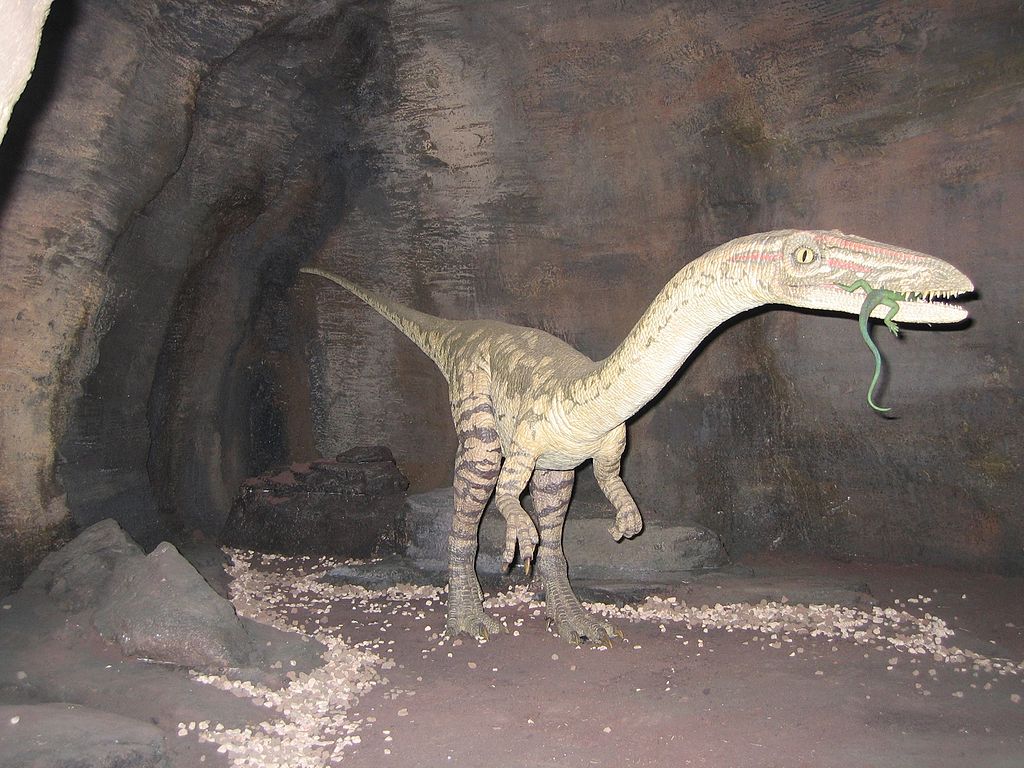
As an early theropod dinosaur, Coelophysis was primarily carnivorous, feeding on a diet of small vertebrates including primitive reptiles, amphibians, and possibly early mammaliaforms. Its sharp, serrated teeth were perfectly adapted for slicing through flesh, while its speed and agility would have made it an effective hunter of smaller, more nimble prey. Analysis of fossilized stomach contents has provided direct evidence of its diet, with remains of small reptiles found preserved within rib cages of some specimens. Contrary to earlier interpretations suggesting cannibalism among Coelophysis, recent research has indicated that what were once thought to be juvenile Coelophysis remains in stomach cavities were actually those of other small reptiles. Coelophysis likely employed an active hunting strategy, using its speed to chase down prey rather than ambushing, though it may have utilized both tactics depending on circumstances. Its lightweight build suggests it was an opportunistic predator, perhaps specializing in catching smaller, faster animals that larger predators of the time could not easily capture.
Social Behavior and Reproduction

The remarkable Ghost Ranch fossil bed, containing hundreds of Coelophysis individuals preserved together, has sparked intriguing theories about this dinosaur’s social behavior. This mass assemblage suggests that Coelophysis may have lived in groups or aggregated under certain circumstances, perhaps during seasonal droughts around dwindling water sources or while pursuing concentrated prey resources. Some paleontologists interpret this evidence as indicating potentially complex social interactions, perhaps even pack hunting behavior, though definitive proof remains elusive. Regarding reproduction, while no Coelophysis eggs or nests have been conclusively identified, their close evolutionary relationship to birds suggests they likely laid eggs rather than giving birth to live young. The discovery of individuals at various growth stages at Ghost Ranch has provided valuable insights into Coelophysis development from juvenile to adult. Young Coelophysis appear to have been proportionally similar to adults but with some subtle skeletal differences, suggesting they could likely fend for themselves from a relatively young age—though whether parents provided any care remains an open question in paleontological research.
Evolutionary Significance
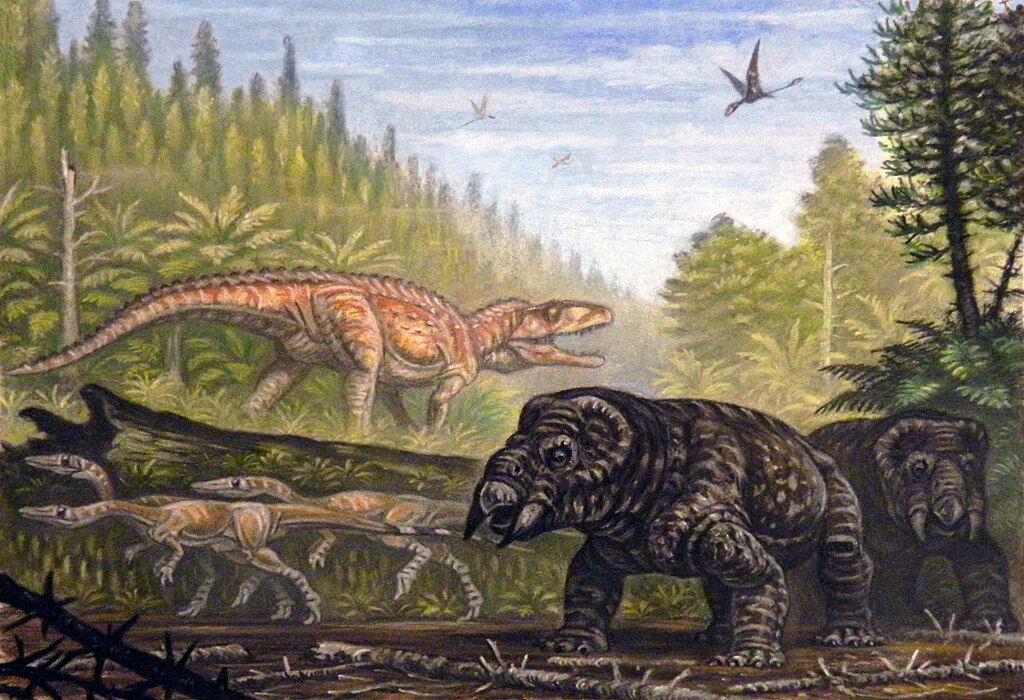
Coelophysis holds a special place in dinosaur evolutionary history as one of the earliest well-understood dinosaur species, providing a crucial window into the initial radiation of dinosaurs during the Late Triassic period. This small theropod emerged during a time when dinosaurs were just beginning to diversify and had not yet achieved the dominance they would later enjoy during the Jurassic and Cretaceous periods. Coelophysis exhibits many primitive features that would later evolve into the more specialized characteristics seen in later theropods. Its hollow bones, three-fingered hands, and bipedal stance represent the foundational body plan that would eventually lead to diverse theropod groups and ultimately to birds. The success of early dinosaurs like Coelophysis helped set the stage for dinosaur dominance following the Triassic-Jurassic extinction event, which eliminated many competing reptile groups. By studying Coelophysis, paleontologists gain valuable insights into the adaptations that allowed dinosaurs to become the dominant terrestrial vertebrates for over 160 million years.
Ghost Ranch: A Paleontological Treasure
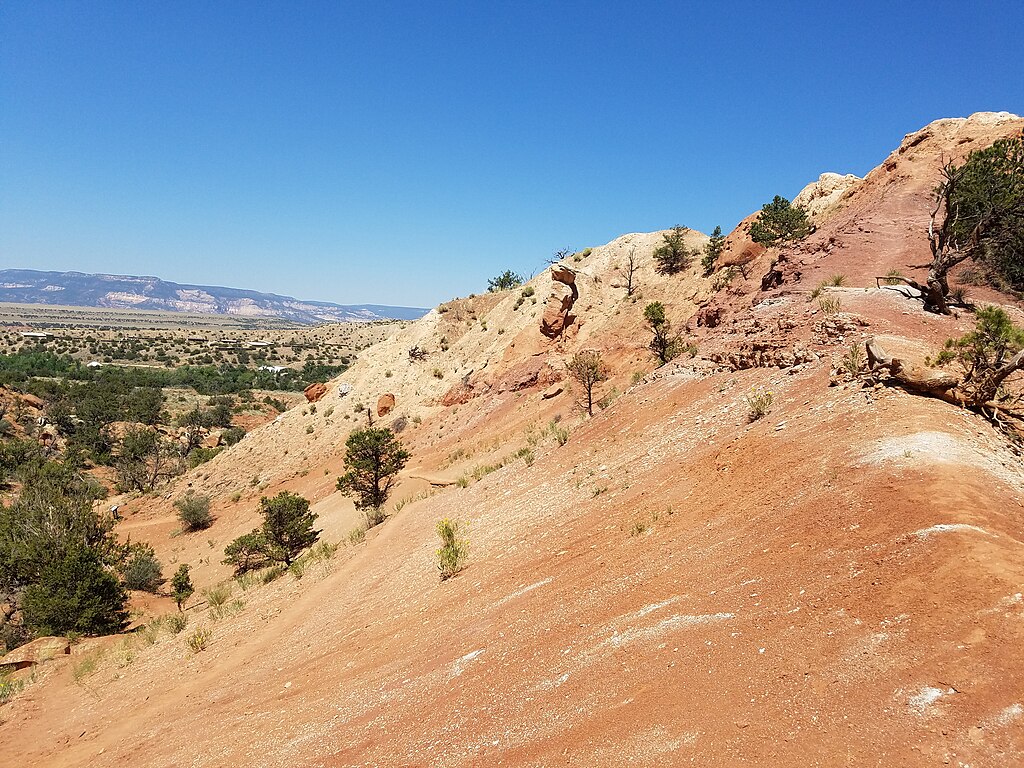
The Ghost Ranch locality in New Mexico stands as one of the most significant paleontological sites in North America, largely due to its extraordinary Coelophysis bone bed. Discovered in 1947 by Edwin H. Colbert’s expedition, this remarkable fossil assemblage contains hundreds of Coelophysis specimens preserved in what appears to have been a catastrophic mass death event. The exceptional preservation conditions at Ghost Ranch created a paleontological time capsule, with articulated skeletons (meaning the bones remained connected as they would be in life) of numerous individuals ranging from juveniles to fully grown adults. This unique concentration of specimens from a single species provides an unprecedented statistical sample, allowing scientists to study population characteristics, growth patterns, and anatomical variations with remarkable precision. The circumstances that led to this mass mortality remain debated—theories range from drought and starvation to flooding or poisoning at a water source—but the scientific value of the find is beyond question. Ghost Ranch continues to yield important fossils today, cementing its place as a crucial site for understanding Late Triassic ecosystems and early dinosaur evolution.
Research History and Famous Specimens

The study of Coelophysis spans over a century of paleontological research, beginning with Edward Drinker Cope’s initial description in 1889 based on fragmentary remains. Early understanding of this dinosaur was limited until Edwin Colbert’s groundbreaking discoveries at Ghost Ranch revolutionized our knowledge. Among the most famous Coelophysis specimens is AMNH 7224, the holotype of Coelophysis bauri, which serves as the reference specimen for this species. Another notable specimen is the nearly complete NMMNH P-42200, which provides exceptional anatomical detail about this early dinosaur. The Ghost Ranch material includes the famous block designated as C-8-82, containing multiple articulated skeletons that dramatically illustrate how these animals looked in life. Over decades, research techniques have evolved from basic anatomical description to sophisticated approaches including CT scanning, histological analysis of bone microstructure, and biomechanical modeling. These advanced methods have allowed scientists to investigate aspects of Coelophysis biology ranging from growth rates and sensory capabilities to locomotion mechanics, continually refining our understanding of this pivotal early dinosaur.
Coelophysis in Popular Culture
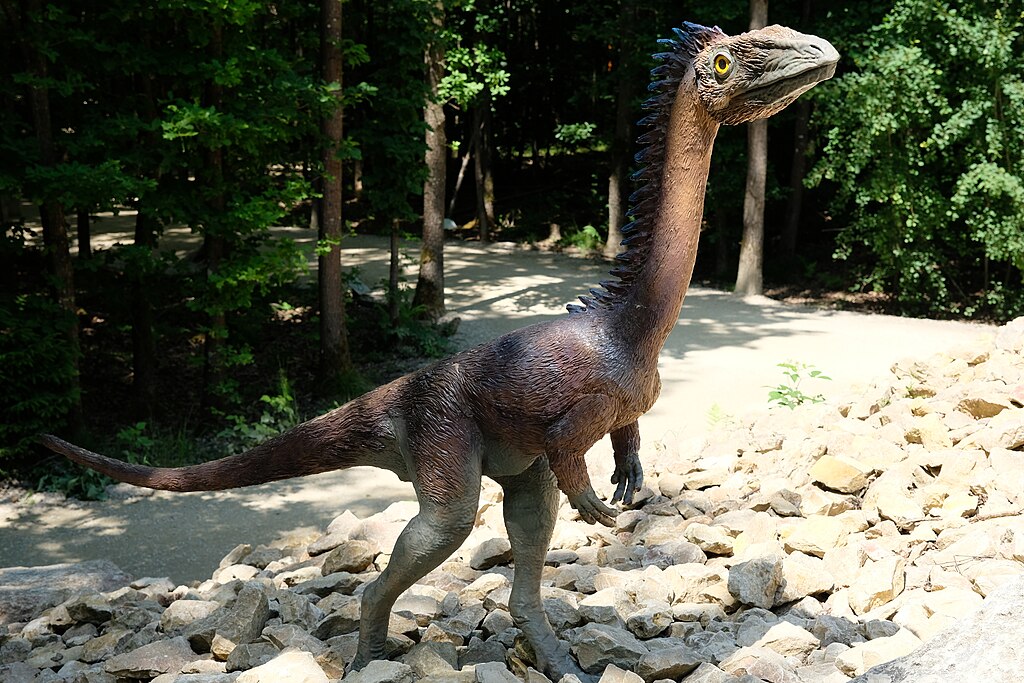
Despite not having the immediate name recognition of dinosaurs like Tyrannosaurus or Triceratops, Coelophysis has secured its place in popular culture as a representative of the earliest dinosaur age. This slender predator has appeared in numerous documentaries about prehistoric life, including the influential BBC series “Walking with Dinosaurs,” where it was depicted as a fast-moving pack hunter in the late Triassic landscapes. Museum exhibits frequently feature Coelophysis skeletons or reconstructions, with particularly notable displays at the American Museum of Natural History in New York and the New Mexico Museum of Natural History and Science. Coelophysis made paleontological headlines when it became the first dinosaur taken into space aboard the Space Shuttle Endeavour in 1998 as part of an educational outreach program. In paleontology-themed books, educational materials, and dinosaur encyclopedias, Coelophysis often serves as the introduction to dinosaur evolution, helping to tell the story of how these remarkable animals first emerged and diversified during the Triassic period.
Extinction and Legacy

Coelophysis thrived during the Late Triassic period, approximately 215-200 million years ago, but eventually disappeared from the fossil record. While not eliminated by the mass extinction event at the Triassic-Jurassic boundary that claimed many other species, Coelophysis and its close relatives were eventually replaced by more derived theropod dinosaurs that evolved in the Early Jurassic. The ecological niches occupied by Coelophysis were gradually filled by more specialized predators as dinosaur diversity expanded. Despite its eventual extinction, the evolutionary legacy of Coelophysis lives on through its descendants—the theropod lineage that would eventually give rise to birds, meaning modern avian species carry forward some of the genetic heritage of these ancient predators. In paleontological terms, Coelophysis represents a crucial transitional form, demonstrating how early dinosaurs established the fundamental body plan and ecological roles that would characterize the group throughout the Mesozoic Era. The wealth of well-preserved Coelophysis fossils continues to provide an invaluable reference point for understanding dinosaur origins and early evolution.
Comparing Coelophysis to Later Theropods
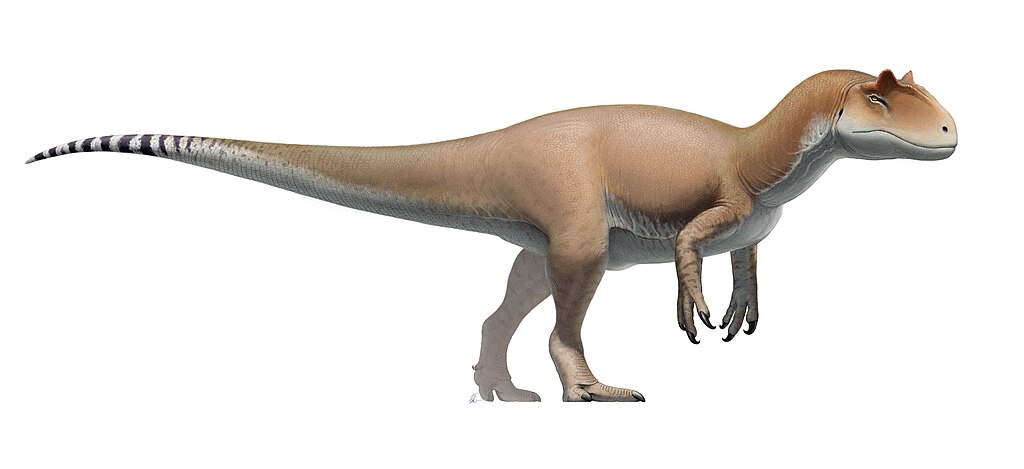
Examining Coelophysis alongside later theropod dinosaurs reveals both the foundational characteristics that defined this lineage and the remarkable evolutionary changes that occurred over millions of years. Compared to famous later theropods like Allosaurus from the Jurassic or Tyrannosaurus from the Cretaceous, Coelophysis was substantially smaller and more lightly built, weighing perhaps 1-2% of what the largest theropods would eventually reach. Its skull structure was more primitive, lacking the specialized feeding adaptations seen in later predators, though it already showed the basic theropod pattern of a large eye socket and tooth-bearing jaws. The three-fingered hands of Coelophysis established a pattern that would persist in many later theropods before the extreme reduction seen in tyrannosaurs. While Coelophysis already possessed hollow bones—a feature retained and elaborated upon in its descendants including modern birds—it lacked specialized features like the wishbone (furcula) and complex air sac system that would characterize later theropods. Despite these differences, the basic body architecture of Coelophysis clearly establishes it as an ancestral form of the theropod dinosaurs that would dominate terrestrial carnivore niches for over 150 million years.
Current Research and New Discoveries
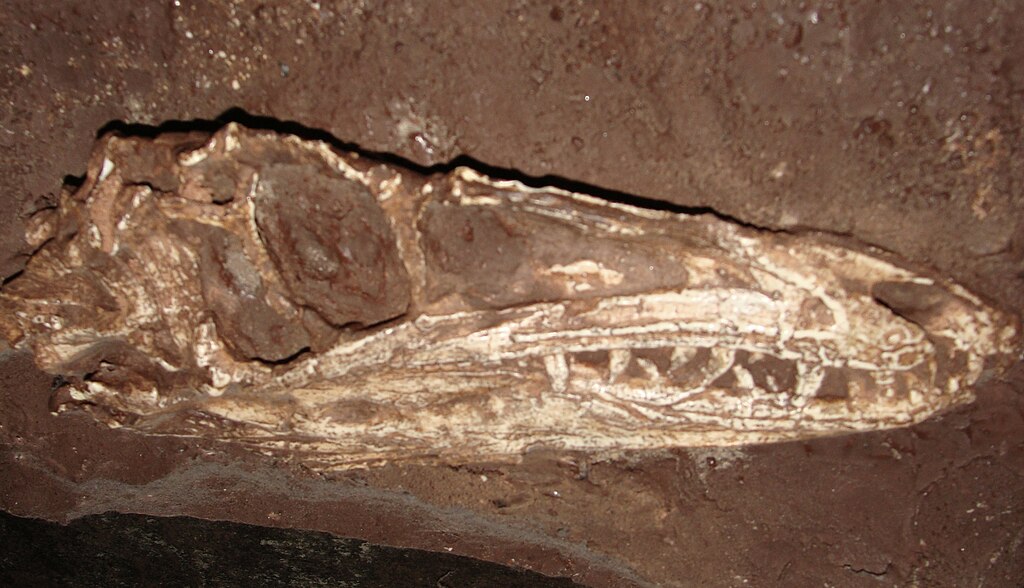
Paleontological research on Coelophysis continues to yield new insights through the application of cutting-edge technologies and methodologies. Recent histological studies examining bone microstructure have provided refined estimates of growth rates and lifespan, suggesting Coelophysis reached adult size relatively quickly compared to larger dinosaurs but still more slowly than modern birds of similar size. Advanced CT scanning techniques have allowed paleontologists to examine the brain cavity of Coelophysis skulls, revealing details about sensory capabilities and suggesting they possessed good vision and maneuverability—adaptations consistent with an active predatory lifestyle. Biomechanical studies utilizing computer modeling have investigated how these dinosaurs moved, confirming their capacity for speed and agility. While the Ghost Ranch specimens remain the most substantial Coelophysis material, ongoing fieldwork occasionally uncovers new specimens that help refine our understanding of this species’ geographic range and anatomical variations. Most intriguingly, modern phylogenetic analyses incorporating newly discovered early dinosaur species continue to clarify exactly where Coelophysis fits in the dinosaur family tree, helping scientists better understand the sequence of evolutionary developments that led from the earliest dinosaurs to the diverse forms that would later dominate terrestrial ecosystems worldwide.
Conclusion
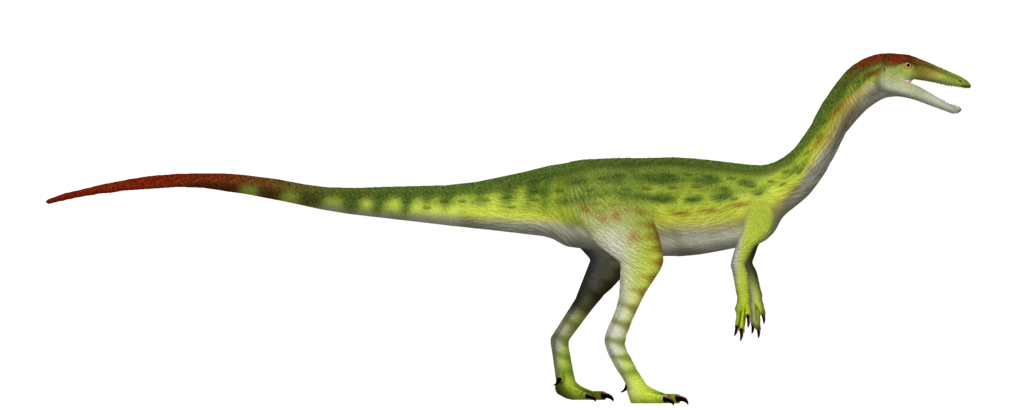
Coelophysis stands as a remarkable window into the dawn of the dinosaur era. From its initial discovery in the late 19th century to the groundbreaking Ghost Ranch excavations that unearthed hundreds of specimens, this early theropod has provided paleontologists with unprecedented insights into dinosaur origins. Its slender, agile build, carnivorous lifestyle, and possible social behavior paint a picture of a successful predator that helped establish the theropod lineage that would eventually lead to birds. Though overshadowed in popular culture by its larger, later relatives, Coelophysis deserves recognition as one of our most important links to understanding how dinosaurs first rose to ecological prominence. As research techniques continue to advance, this ancient predator will undoubtedly continue to reveal new secrets about life in the earliest days of dinosaur evolution, maintaining its status as one of paleontology’s most valuable treasures.

